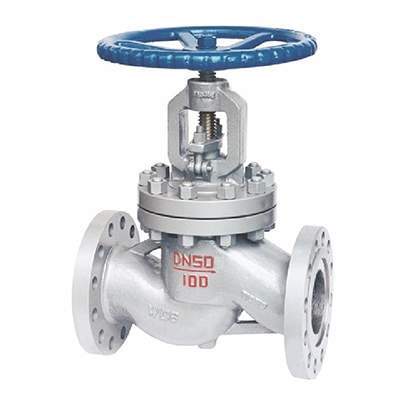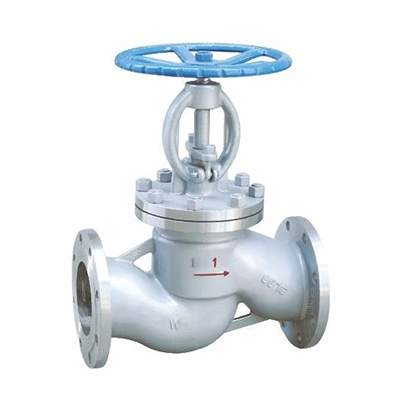Introduction

A plumbing stop valve, often referred to as a shut-off valve, is a critical component within any plumbing system. Its primary function is to control the flow of water to specific fixtures or sections of a pipe. By understanding the types, installation, maintenance, and troubleshooting of these valves, homeowners and property owners can effectively manage their plumbing systems and prevent potential water damage.
The Importance of Plumbing Stop Valves
Plumbing stop valves play a pivotal role in various aspects of home maintenance and safety:
- Emergency Response: In the event of a leak or burst pipe, a stop valve allows you to quickly shut off the water supply, minimizing water damage and preventing further issues.
- Maintenance and Repairs: When performing repairs or replacements on fixtures, pipes, or appliances, stop valves enable you to isolate the affected area, reducing water waste and inconvenience.
- Energy Efficiency: By controlling the flow of water, stop valves can contribute to energy conservation. For instance, turning off the water supply while brushing your teeth can save significant amounts of water over time.
Types of Plumbing Stop Valves
Several types of plumbing stop valves are commonly used, each with its own unique characteristics and applications:
Ball Valves
- Operation: Ball valves utilize a spherical ball with a hole drilled through it to regulate water flow. Turning the handle rotates the ball, opening or closing the passageway.
- Advantages: Known for their durability, quick on-off action, and ability to provide a tight seal.
- Applications: Widely used in residential and commercial plumbing systems, including under-sink installations and main water shutoffs.
Gate Valves
- Operation: Gate valves employ a wedge-shaped gate that moves perpendicular to the water flow. The gate is raised or lowered to control the flow.
- Advantages: Suitable for large-diameter pipes and provide a tight seal when fully closed.
- Applications: Often used in main water lines and industrial settings.
Globe Valves
- Operation: Globe valves feature a disc-shaped plug that moves up and down within a vertical seat. The position of the plug determines the degree of water flow.
- Advantages: Well-suited for throttling the flow of water, providing precise control.
- Applications: Commonly used in applications where precise flow regulation is required, such as radiator valves and shower valves.
Check Valves
- Operation: Check valves are designed to allow water flow in only one direction, preventing backflow. They automatically close when the flow reverses.
- Advantages: Essential for protecting plumbing systems from water damage caused by backflow.
- Applications: Used in various plumbing systems, including water heaters, pumps, and irrigation systems.
Choosing the Right Plumbing Stop Valve
When selecting a plumbing stop valve, consider the following factors:
- Pipe Size: Ensure the valve is compatible with the diameter of your pipes.
- Pressure Rating: The valve’s pressure rating should exceed the maximum water pressure in your system.
- Material: Common materials include brass, bronze, and stainless steel, each offering different levels of durability and corrosion resistance.
- Application: The specific type of valve will depend on its intended use, such as a main water shutoff, a fixture valve, or a valve for a specific appliance.
Installation and Maintenance
Installation
While installing a plumbing stop valve is a relatively straightforward task, it’s crucial to follow proper procedures to ensure a secure and leak-free installation. If you’re unsure about the process, it’s advisable to consult a licensed plumber.
Maintenance
Regular maintenance is essential to prolong the life and performance of your plumbing stop valves:
- Lubrication: Periodically lubricate the valve stem to prevent sticking and ensure smooth operation.
- Inspection: Regularly inspect valves for signs of wear, corrosion, or leaks.
- Replacement: If a valve is damaged or worn out, replace it promptly to avoid potential issues.
Common Plumbing Stop Valve Problems and Troubleshooting

-
Leaking Valves: A leaking valve can waste water and lead to property damage. To troubleshoot:
- Tighten Packing Nut: If the leak is around the valve stem, tighten the packing nut gently.
- Replace Washer or O-Ring: If the leak is at the valve seat, replace the worn-out washer or O-ring.
- Replace Valve: If the leak persists or the valve is severely damaged, replace the entire valve.
-
Sticking Valves: A stuck valve can hinder water flow. To resolve this issue:
- Lubricate Stem: Apply a suitable lubricant to the valve stem and work it back and forth to loosen it.
- Replace Valve: If lubrication doesn’t resolve the issue, the valve may need to be replaced.
-
Corrosion: Corrosion can weaken the valve’s structure and lead to leaks. To prevent corrosion:
- Regular Inspection: Inspect valves for signs of corrosion and clean them as needed.
- Replace Corroded Valves: If a valve is severely corroded, replace it immediately.
Conclusion
Plumbing stop valves are indispensable components of any plumbing system, providing safety, convenience, and energy efficiency. By understanding their types, installation, maintenance, and troubleshooting, homeowners can effectively manage their plumbing systems and prevent costly water damage.
FAQ
How often should I replace my plumbing stop valves?
The lifespan of a plumbing stop valve varies depending on the quality of the valve and the conditions in which it is used. As a general rule, it is a good idea to replace valves every 10-15 years.
Can I repair a leaking plumbing stop valve?
In some cases, a leaking valve can be repaired by replacing a worn-out washer or O-ring. However, if the valve is severely damaged, it will need to be replaced.
What is the difference between a stop valve and a gate valve?
A stop valve is a general term for any valve that can be used to stop the flow of water. A gate valve is a specific type of stop valve that uses a wedge-shaped gate to control the flow.
